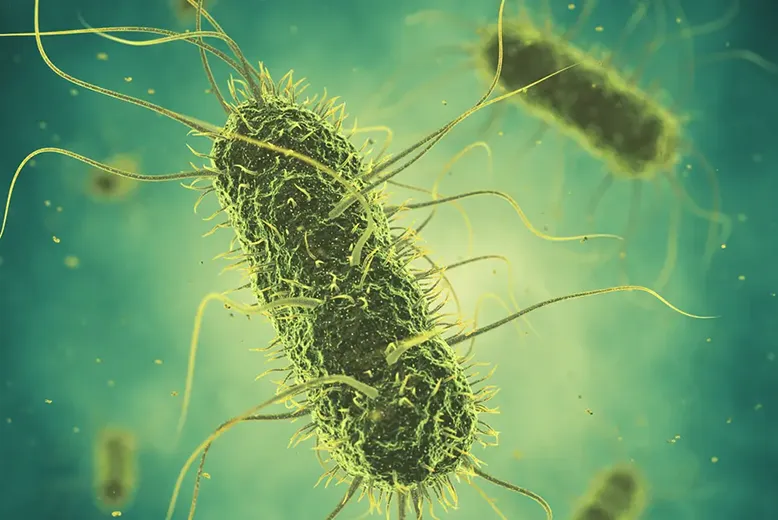Food microbiology: a standardized method for detecting salmonella

Eggs, dairy products, undercooked meats… Salmonella bacteria can be found in certain food products.
Symptoms are mild for most consumers (nausea, abdominal pain, diarrhea, etc.), but can lead to more serious infections in young children, the elderly and immuno-compromised people.
To avoid any health risk, there are laboratories specialized in food microbiology.
Before a food product is distributed or marketed, they analyze it and measure the concentration of harmful bacteria.
But these laboratories must use reliable, high-performance and recognized analysis methods.
This is where voluntary standardization comes in!
Salmonella: a unique research method
Published in April 2017, the voluntary European and international standard EN ISO 6579-1 provides a validated method for testing food, environmental and primary production samples (dust, surfaces, etc.) for Salmonella.
An operating procedure written by professionals for professionals, the standard describes each essential step in the proper detection of Salmonella: sample selection, biochemical and serotyping tests, interpretation of the reactions obtained… How to prepare the sample for testing?
What equipment should be used?
Here too, the voluntary standard EN ISO 6579-1 recommends best practices for effective detection of most Salmonella strains.
The performance criteria are based on validated inter-laboratory tests.
Until now, three standardized methods were available: the international standard ISO 6585 for detecting Salmonella bacteria in milk and dairy products, ISO 6579 for other foods and feeds, and its Annex D for samples from the primary production stage.
These three protocols are now grouped together in EN ISO 6579-1.
Several years of work were needed to combine these methods, update them to incorporate scientific and technical developments in microbiological analysis, and complete the performance characteristics of the method.
As a result, laboratories now have a single method providing consensus-approved guidelines and best practices. > Order the voluntary standard EN ISO 6579-1 “Microbiology of the food chain – Horizontal method for the detection, enumeration and serotyping of Salmonella – Part 1: Detection of Salmonella spp”... > Discover the work of the “Food Microbiology” standardization committee…Adobestock/nobeastsofierce